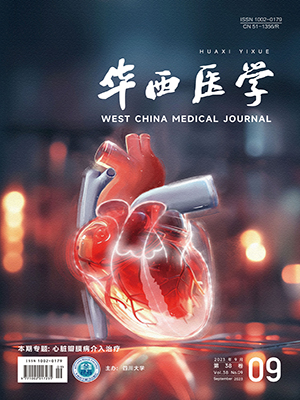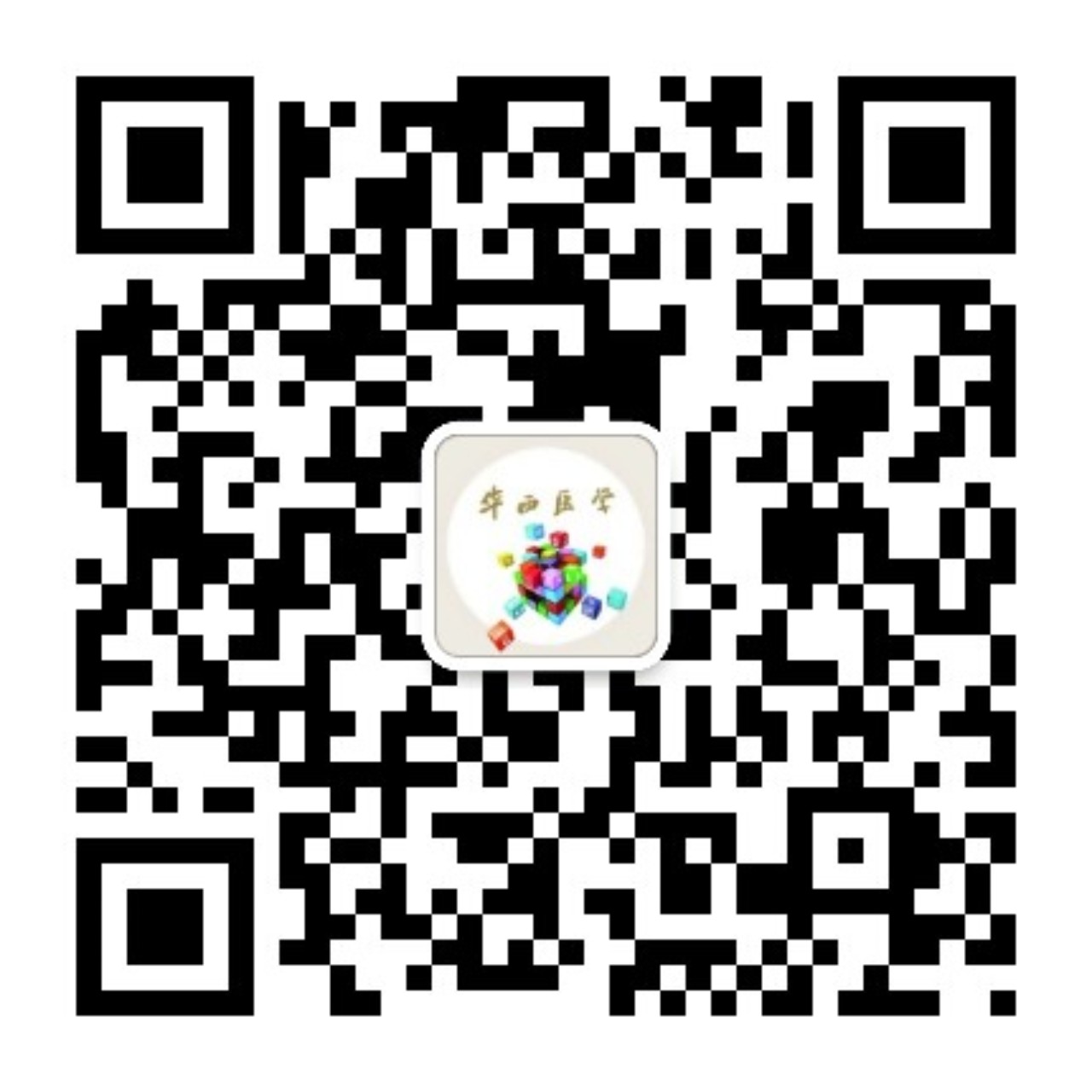【摘要】 目的 觀察時辰化學療法聯合放射治療對比常規化學療法聯合放射治療對鼻咽癌的近期療效及其不良反應。 方法 2006年2月-2010年3月經病理學證實未接受過化學療法的38例晚期鼻咽癌患者隨機分為常規化學療法聯合放射治療組(A組,n=20)和時辰化學療法聯合放射治療組(B組,n=18)。兩組均采用常規二維放射治療。A組化學療法方案為順鉑(DDP)80 mg/m2,采用完全水化方案,第1天靜脈滴注;氟尿嘧啶800 mg/(m2?d),第2~6天120 h連續靜脈滴注。B組時辰化學療法采用Melodies多通道編程輸液泵進行正弦曲線式時間調節給藥。兩組均為DDP 80 mg/m2,于10:00~22:00給藥,濃度高峰設定在16:00;氟尿嘧啶800 mg/m2,于22:00~次日10:00給藥,濃度高峰設定在凌晨4:00。每21天重復1次,行2~6療程。 結果 A組3程化學療法后有效率(PR)為95%(19/20),全程結束完全緩解率(complete remission,CR)達75%(15/20);B組在2程化學療法后PR達100%,全程治療結束CR達94.4%(17/18)。兩組不良反應主要為遲發性血小板減少,發生率分別為35%(7/20)和22.2%(4/18),其他不良反應兩組間無明顯差別。 結論 時辰化學療法聯合放射治療對晚期鼻咽癌在減輕化學療法造成的血小板減少方面有明顯的優勢,值得臨床推廣應用以及進一步發掘時辰化學療法在臨床治療的價值。
【Abstract】 Objective To investigate the efficacy and the adverse effects of routine chemotherapy and chrono-chemotherapy combined with radiotherapy for advanced nasopharyngeal cancer patients. Methods From March 2006 to March 2010, 38 patients diagnosed pathologically to have advanced nasopharyngeal cancer were randomly divided to the routine chemotherapy and radiotherapy group (group A, n=20) and the chrono-chemotherapy and radiotherapy group (group B, n=18). Patients in both groups received bi-dimensional radiotherapy. Patients in group A received a full hydration method, cisplatin (DDP) 80 mg/m2 intravenous infusion was also carried out on day 1; fluorouracil 800 mg/(m2?d) chemotherapy, and 120 hours of continuous intravenous infusion from day 2 to day 6. For patients in group B, Melodies multi-channel infusion pump programming to adjust the time of drug administering with a sinusoidal style was adopted; DDP 80 mg/m2 was administered intravenously on day 1 between 10:00 and 22:00 with the peak concentration set at 16:00; fluorouracil 800 mg/m2 was administered between 22:00 and 10:00 on the next day from day 2 to day 6 with the concentration peak set at 4:00. The treatments in both groups were repeated every 21 days, which was repeated for two to six courses of tremtment. Results After three courses of treatment for group A, partial response (PR) rate was 95% (19/20), and after six courses of treatment, the complete remission (CR) rate was 75% (15/20); After two courses of treatment for group B, the PR rate was 100%, and after six courses of treatment, the CR rate was 94.4% (17/18). The main adverse effect was thrombocytopenia at an incidence rate of 35% (7/20) and 22.4% (4/18) in the two groups respectively. There was no obvious difference in other adverse effects between the two groups. Conclusion Chrono-chemotherapy combined with radiotherapy for advanced nasopharyngeal carcinoma has obvious advantages in reducing thrombocytopenia caused by chemotherapy, and it is worth further exploring the clinical applications and values of chrono-chemotherapy.
引用本文: 邊界. 時辰化學療法聯合放射治療對鼻咽癌的療效及其不良反應. 華西醫學, 2011, 26(4): 510-512. doi: 復制




